I talk about all kinds of things with my guests on The Glenn Show, and inevitably “culture war” issues often take center stage. But the culture war is not always a good indicator of where we are as a country. Indeed, it can sometimes serve as a distraction from harder, less explosive-sounding problems that have no clear solutions and certainly no easy ones. Luckily, our regular correspondent and fan-favorite Clifton Roscoe is on the case, though he doesn’t exactly come bearing good news. He’s done a deep dive on some of the biggest problems facing young people today: single-parent homes, nutrition and obesity, mental health, school violence, and academic underperformance.
As Clifton notes, the numbers paint a pretty dismal picture. And in many cases, there are clear links between the problems facing our young people and the way that massive, powerful industries do business. But the average parent with a child who is, say, suffering from mental health issues that seem to be exacerbated by social media use, can’t just knock on TikTok’s door and tell them to change their ways. As you’ll see, Clifton advises parents to exert more control over their children in order to insulate them from the worst effects of the forces he cites.
I strongly agree. But I wonder: Is that enough? Is it reasonable to expect individual parents to counter culturally ubiquitous products like social media and processed foods in a way that will move the needle? Or is more broad-based action necessary?
Note: Due to the length of this post, it’s best viewed on Substack rather than email, either via browser or the Substack app.
This post is free and available to the public. To get early access to episodes of The Glenn Show, as well as an ad-free podcast feed, comments, Q&As, and other exclusive content and benefits, click below.
The Troubling State of America’s Young People
by Clifton Roscoe
When I was in my teens and 20s, I used to chuckle at the older guys who complained about the state of the country and America's young people. As I've gotten older I've come to realize that each generation worries about societal changes and those coming behind them. Despite a few bumps in the road, America keeps rolling and the kids turn out just fine. The old worries eventually become fodder for good conversations between generations. I'm mindful of this pattern as I get older. But now, like the old guys I laughed at when I was young, I find myself looking around at the state of our young people and seeing some disturbing trends.
I wanted to be sure these trends are real and that I wasn’t being a worrywort, so I checked the data. Unfortunately, my intuitions were correct. America's young people are floundering. The cumulative effect of the data I present below is a bigger threat to America's future than any of the culture war issues pundits and politicians argue about. People who care about America should care about the state of its children and young people. It's the right thing to do. It's also in everyone’s best interest, because too few of our children are becoming the productive adults we need to sustain our economy and institutions. Fewer still are capable of becoming leaders of those institutions.
I'm worried. Others should be worried, too, when 14% of America's high school girls say they've been forced to have sex. They should be worried when 14% of America's teachers say they've been victims of physical violence from students. They should be worried when high percentages of America's young people say they're having mental health issues, 18% of high school students have created a suicide plan, 10% of them have attempted suicide, and 3% of them required medical treatment as a result. And let's not forget about those whose suicide attempts were successful. Suicide was the third leading cause of death for Americans between the ages of 15 and 24 in 2020 according to the CDC's WISQARS (Web-based Injury Statistics Query and Reporting System) database.
A review of multiple data sources suggests that alarming percentages of America’s children and young people are struggling. Too many of them are
Born to economically disadvantaged single mothers
Living in single-parent households
Overweight or obese
Suffering from mental health issues
Victims and perpetrators of violence
Struggling academically
Unable to transition into stable, self-supporting adulthood.
Here’s a high-level summary of each of the topics mentioned above.
Economically Disadvantaged Single Mothers
Data from the CDC shows that 40% of America’s children are born to unmarried women as of 2021. The CDC also finds that 41% of births in 2021 were to women whose primary source of payment for delivery was Medicaid.
The data also shows that the percentage of women whose primary source of payment was Medicaid dropped sharply with educational attainment.
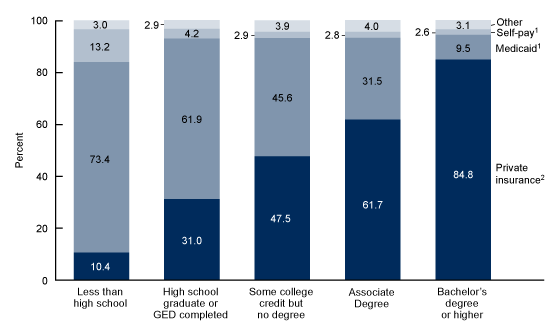
These graphs show that large percentages of America's babies are being born into low socioeconomic status households. Many of them will struggle to reach the middle class as adults.
Single Parent Households
Data from the US Census Bureau shows that just over 31% of children under the age of 18 lived in single-parent households as of 2022. That’s up from 27% in 2000 and about 20% in 1980.
A 2019 Pew Research analysis showed that the percentage of children living in single parent homes in America is triple the average of the rest of the world.
Pew’s 2019 figure for the US (23%) is lower than that of the US Census Bureau (31%) because they don’t seem to account for households headed by single fathers. Their 2019 figure (23%) is identical to the percentage of households the US Census Bureau says was headed by single mothers that year. Use the Census Bureau link above and download Table FM-1 if you want to do a deep dive.
The increase in single parent households coincided with an increase in the percentage of school children that qualified for free or reduced-price lunches.
Here’s a graphic from the USDA:
The graphic includes data from 2021, but numbers that reflect pandemic-related effects can be misleading because of school closures. The USDA’s school lunch program provided 4.9 billion lunches in 2019, 74% of which were provided free or at a reduced price. That’s up from 45% in 1980 and 57% in 2000. The School Breakfast program provided 2.5 billion breakfasts in 2019, with the bulk of those being provided free or at a reduced price as well.
Eligibility for free and reduced priced meals is based upon family income. Kids who come from families whose incomes are within 130% of the poverty line qualify for free lunches. Kids from families whose incomes are within 185% of the poverty line qualify for reduced price lunches. The USDA defines the federal poverty line for a family of three as an annual income of $24,860 as of July 1st. The cutoff for free meals is $32,318. The cutoff for reduced price meals is $45,991. Use these links if you want to do a deep dive.
The growing share of children who qualify for free and reduced-price lunches is indicative of a growing share of children from families of modest means and is another indication of growing inequality.
Nutrition and Obesity
Data from the CDC shows that 16% of children between the ages of 2 and 19 were overweight, 19% were obese, and 6% were severely obese as of 2017-2018.
The overall percentage of children who were overweight, obese, and severely obese was 41%. That’s up from 35% as of 2001-2002 and 16% as of 1976-1980. See Table 1 for details.
According to the CDC, obesity is associated with several health issues, including hypertension, high cholesterol, type 2 diabetes, breathing problems such as asthma and sleep apnea, and joint problems. Obesity also disqualifies a high percentage of young people from joining America’s military (more on that later).
Mental Health
Approximately 15% of children between the ages of 5 and 17 received mental health treatments within the past 12 months as of 2021 according to the CDC.
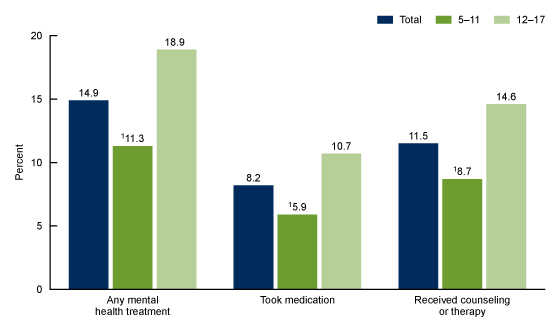
It’s tempting to think that the spike in mental health issues being experience by America’s young people is mostly COVID-related, but a CDC report titled, “Youth Risk Behavior Survey Data Summary and Trends Report: 2011–2011” shows that a high percentage of America’s high school students have been experiencing mental health issues for years.
Here are a few statistics for 2019 (pre-pandemic) and 2021 from the Mental Health and Suicidality Variables section of the report:
42% experienced persistent feelings of sadness or hopelessness in 2021 compared with 37% in 2019
22% seriously considered attempting suicide in 2021 compared with 19% in 2019
18% created a suicide plan in 2021 compared with 16% in 2019
10% attempted suicide in 2021 compared with 9% in 2019
3% were injured in a suicide attempt and needed to be treated by a doctor or nurse in both 2021 and 2019
All the variables have worsened since 2011. Go to pages 57 and 58 of the report if you want to do a deep dive.
Parents have noticed their children’s mental health struggles. A Pew Research analysis from January said that the mental health of their children is the top concern of America’s parents.
Victims and Perpetrators of Violence
Violence against and perpetrated by young people has surged over the past several years. Here’s a graphic from the Gun Violence Archive that illustrates the point:
Kids are subjected to more than gun violence these days. Here are a few examples from the Youth Risk Behavior Survey of high school students referenced above:
7% were threatened or injured with a weapon at school in 2021. That’s unchanged from 2019
9% did not go to school within the past 30 days in 2021 because of safety concerns. That’s unchanged from 2019
16% were electronically bullied in 2021. That’s unchanged from 2019
15% were bullied at school in 2021. That’s down from 20% in 2019
8% had ever been forced to have sex as of 2021. That’s up from 7% in 2019
11% had experienced sexual violence from anyone as of 2021. That’s unchanged from 2019
Here’s a graphic from the NY Post that provides more context around the percentages of high school students who had ever been forced to have sex:
It is a sobering graphic.
Last, but not least, here are graphics from the American Psychological Association that show threats against school personnel from various groups and student violence against school personnel:
Who would want to work under these conditions? Is it any wonder the APA says high percentages of school personnel desire or plan to quit or transfer jobs?
Academic Struggles
It has been widely reported that NAEP (National Assessment of Education Progress) scores plummeted during the pandemic so there’s no need to belabor the point. Here's an analysis from The 74, an education news site, if you need a reminder.
Decades of modest progress have been erased. Math scores for 13-year-olds are back to where they were during the 1990’s. Reading scores are back to where they were in 1971.
The long-term assessment included a survey for school year 2022-2023 that yielded some sobering results as well:
The percentage of students who missed more than five days of school during the last month doubled from 5% in 2020 to 10% in 2023
14% of students said they read for fun almost every day, down 3 points from 2020 and 13 points from 2012. The percentage of students who said they never or hardly ever read for fun jumped from 22% in 2012 to 31% in 2023. That’s important because the students who read for fun scored better on the reading exam than those who didn’t
Compared to 2012, the percentage of 13-year-old students in 2023 who reported they were taking regular mathematics increased from 28 to 42 percent, while the percentage of students taking pre-algebra decreased from 29 to 22 percent, and the percentage of students taking algebra dropped from 34 to 24 percent. As you might expect, the kids who took pre-algebra scored better on the math exam than those who didn’t.
America’s college students struggle as well. Six-year college graduation rates for four-year institutions have been stuck in the range of 52-62% for decades according to the National Student Clearinghouse Research Center.
Difficult Transitions to Adulthood
Many of America’s young people are struggling to become successful, self-sufficient adults. Consider the following:
Military.com reported in December that 77% of young Americans would not qualify to join the military without a waiver because of being overweight, using drugs, or having mental and physical health issues. A similar report from 2017 said 71% of America’s young people would not qualify to join the military without a waiver.
Pew Research reported in May that young adults are reaching adult milestones later in life than did previous generations.
Pew’s analysis is consistent with a Georgetown Center on Education and the Workforce analysis from 2013 that said it took longer for young workers to reach financial independence than previous generations. The report was appropriately titled “Failure to Launch”:
A 2019 analysis from RAND showed that today’s young adults are more likely to have been arrested by age 26 than previous generations.
An ongoing analysis by the Federal Reserve Bank of New York shows that about 40% of recent college graduates are underemployed (i.e., working jobs that don’t require college degrees). There has been no improvement in this statistic for the past 20 years.
So what can we do about these problems? There are those who believe it takes a village to raise a child. They say give us your kids and your money and we’ll take care of the rest. Past performance, however, suggests that trusting the village to raise your children is a fool’s errand.
Parents have to take the bull by the horns and reduce the influence of social media on their children. Social media companies give kids dopamine hits in exchange for their easily monetized data. These companies won't voluntarily give up their profits, so parents have to take control.
The U.S. Surgeon General issued an advisory about the effects that social media has on youth mental health in May. There is a section titled, “What Parents and Caregivers Can Do.” Here's a list of their recommendations (see page 17 of the advisory for details):
Create a family media plan
Create tech-free zones and encourage children to foster in-person friendships
Model responsible social media behavior
Teach kids about technology and empower them to be responsible online participants at the appropriate age
Report cyberbullying and online abuse and exploitation
Work with other parents to help establish shared norms and practices and to support programs and policies around healthy social media use
There's nothing wrong with the Surgeon General's recommendations, but many parents will want to do more. Some will want to take the steps outlined in this New York Times article about weaning teens off social media:
Come up with boundaries together
Propose a social media vacation
Hold firm about protecting sleep and other healthy habits
Others will take stock of the growing body of research about the downsides of social media and decide to cut their kids off from it entirely
The childhood obesity crisis requires stronger parental interventions as well. Processed food companies and restaurants are engaged in a battle for “share of stomach.” Their pursuit of profits outweigh public health concerns. Former FDA Commissioner David Kessler wrote about the ways that food scientists use layers of fats, salts, and sugars to make foods “irresistible” in his book, The End of Overeating: Taking Control of the Insatiable American Appetite. He also wrote about how these foods are designed to disintegrate after a few chews. The net effect is that people who eat these foods consume more calories because they're enjoyable and consumed quickly.
A 2021 analysis from the Journal of the American Medical Association showed that children between the ages of 2 and 19 get about 67% of the calories from “ultraprocessed” foods. That's up from 61% in 1999. The percentage of their calories that come from unprocessed or minimally processed foods fell from 29% to 24% during the same period.
Adults struggle with obesity too. It's hard work for families to resist the temptation of ultraprocessed foods and to avoid becoming overweight or obese, but I know families that have managed to do it. Moreover, the alternatives are worse and often involve bad health outcomes.
America’s leaders would be on top of these issues if our politics weren’t broken and culture war issues didn’t dominate public policy debates. In the meantime, parents will have to assert more control over their children: the foods they eat, how they consume social media, the messages they receive from the village, etc. None of these things are easy, but accepting the status quo isn't an option if you care about America's young people.





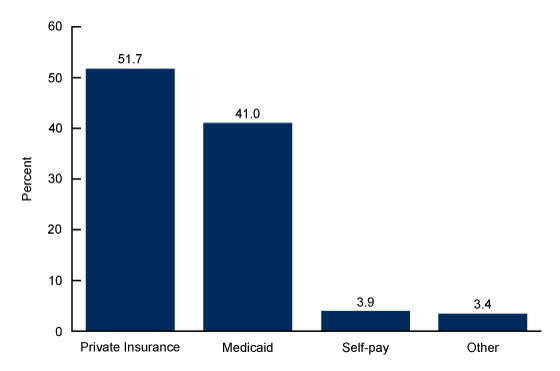
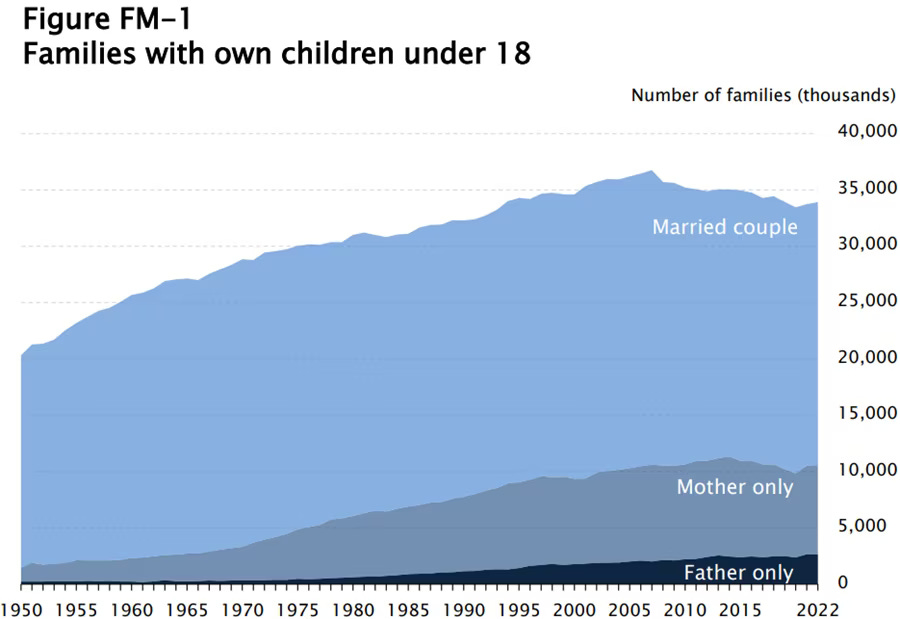
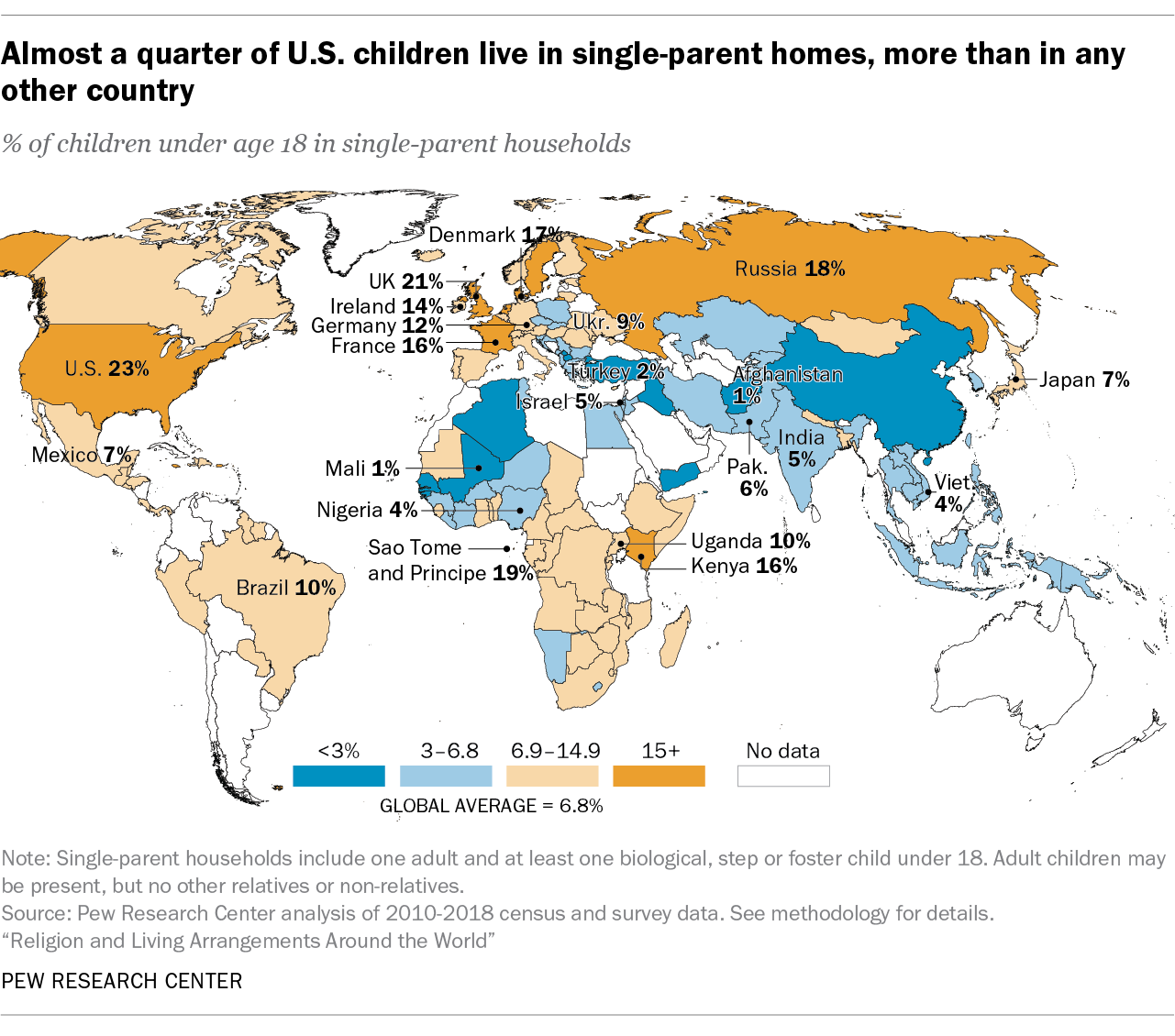
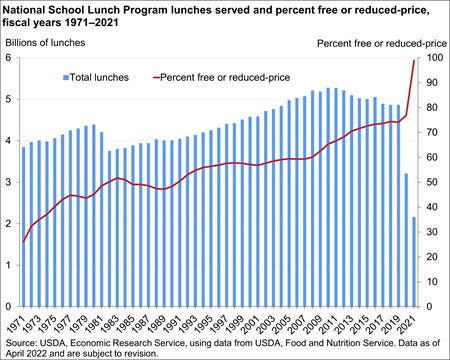
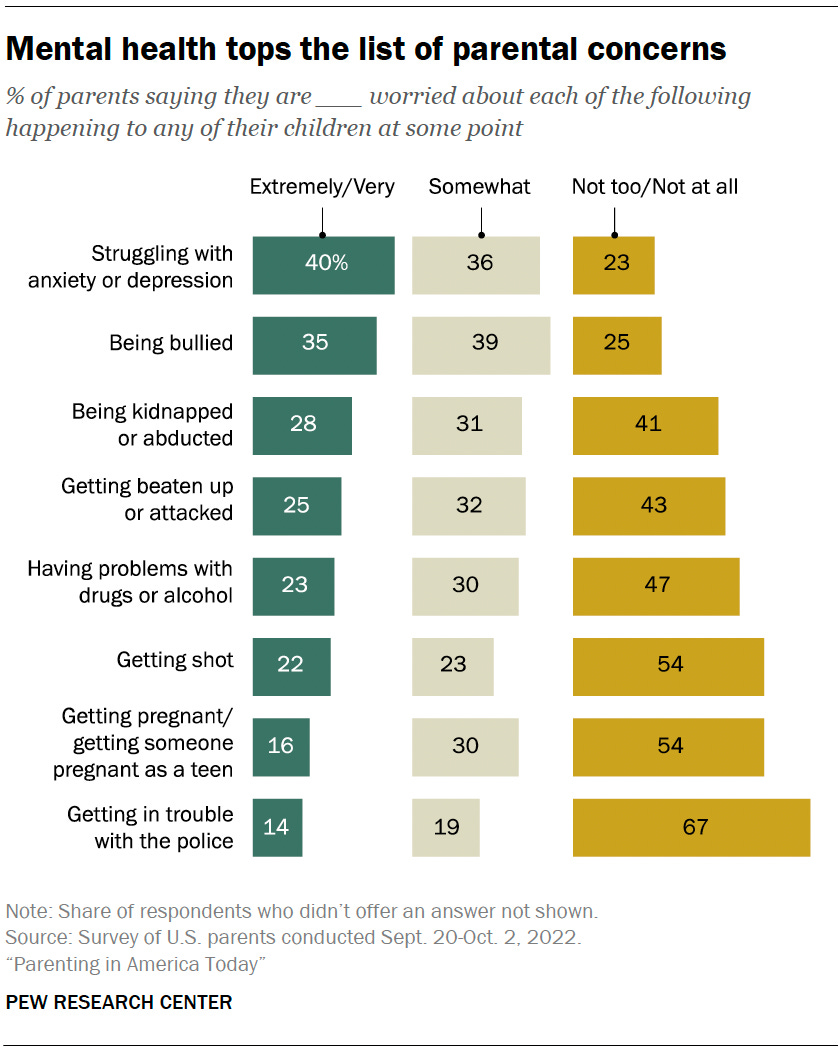
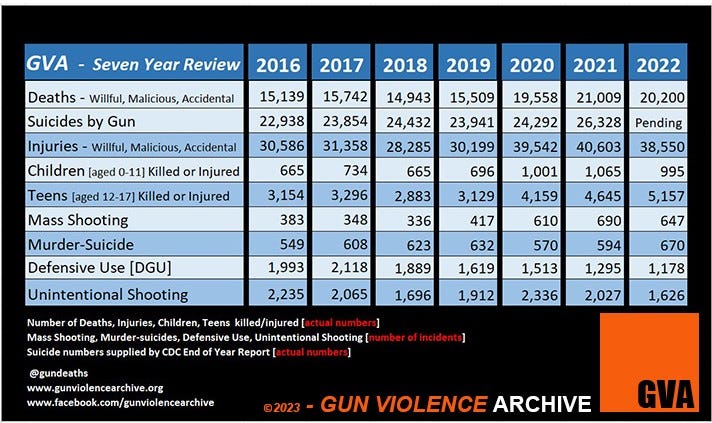

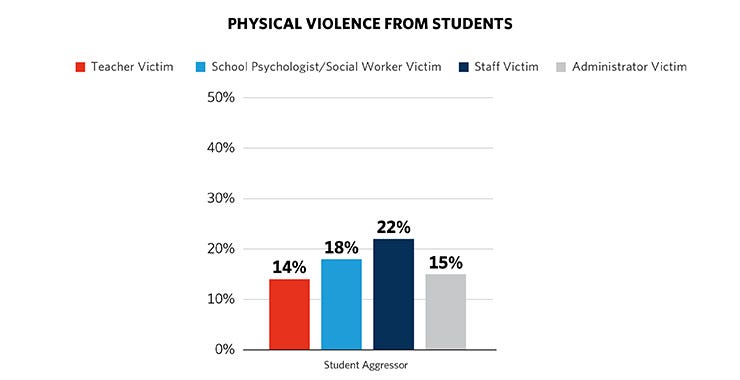
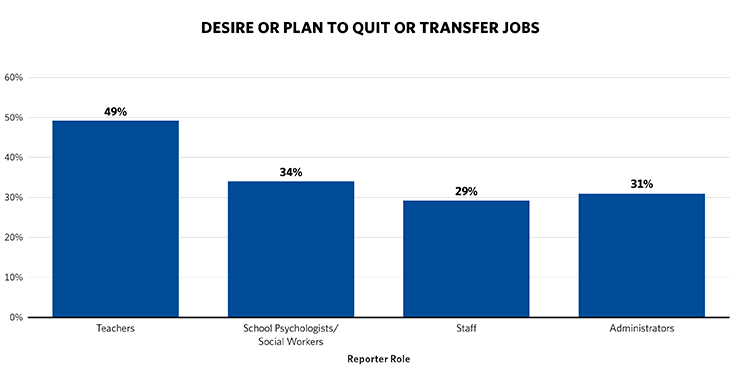
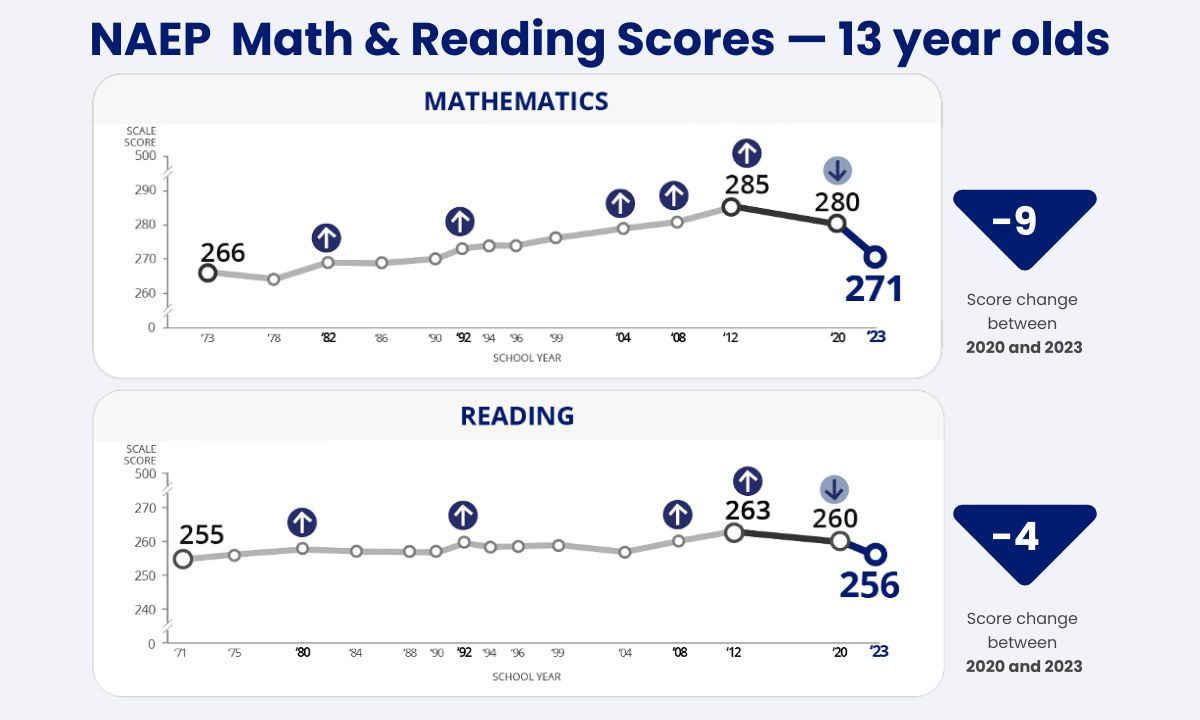
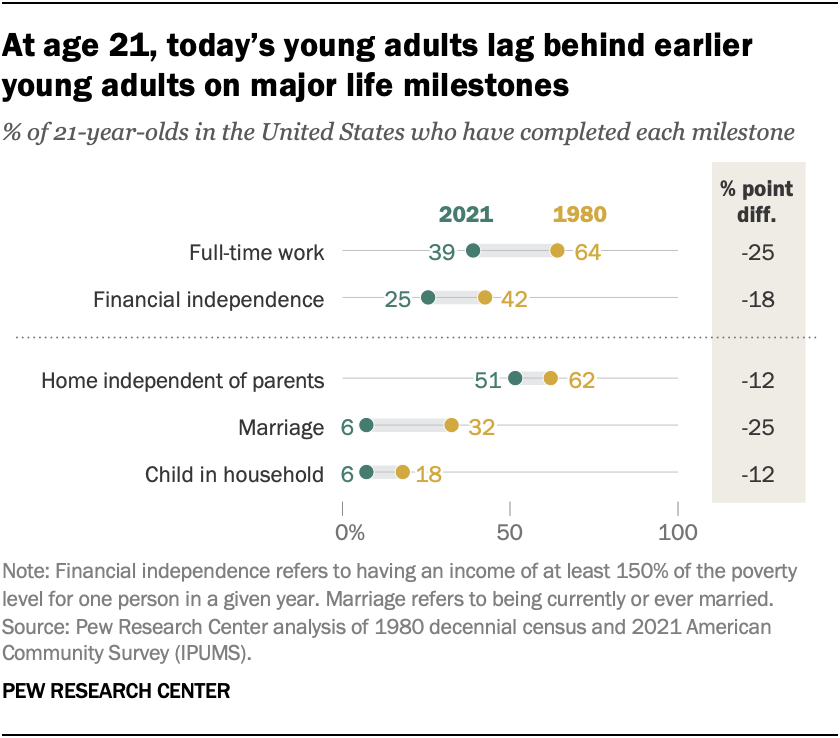
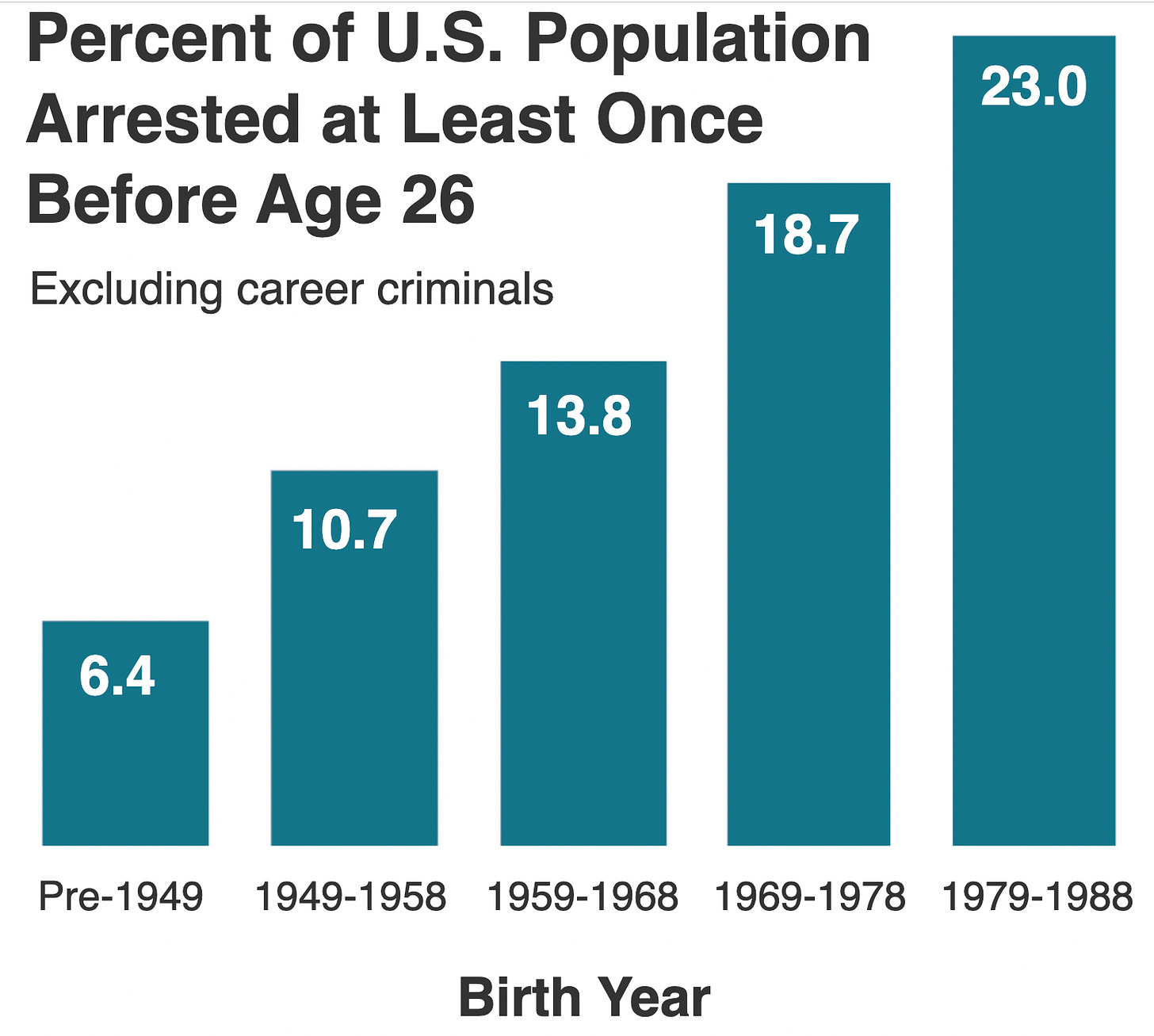
You would not consider my parents tolerant, but would consider them loving. I can remember my mother sitting at the kitchen table every night drilling me on that days school work . Even being in a religious school was consider inadequate. I believe my father never earned more than 10k in any year. Me and my brother were job number one for both my parents, but excuses were not well received.
Data has marginal value for understanding the corrosive cultural changes that have transpired since the end of Vietnamese war. There are many strands, but I'll list a few: Gangsta Rap Culture; genesis of snowflake responses to faux problems that have been championed by feminist emotionalism; decline of standards and accountability for so many aspects of life. Acceptance that "legal" is anything you can get away with. Adoption of the value that criminal actions are social justice; victims should never "narc" on perps. Finally, widespread growth of tolerance for illegal drug abuse that is insulated from criticism because it is a 'victimless' crime. Salvation will require more than a thousand marines.
"Cut me slack, Jack."